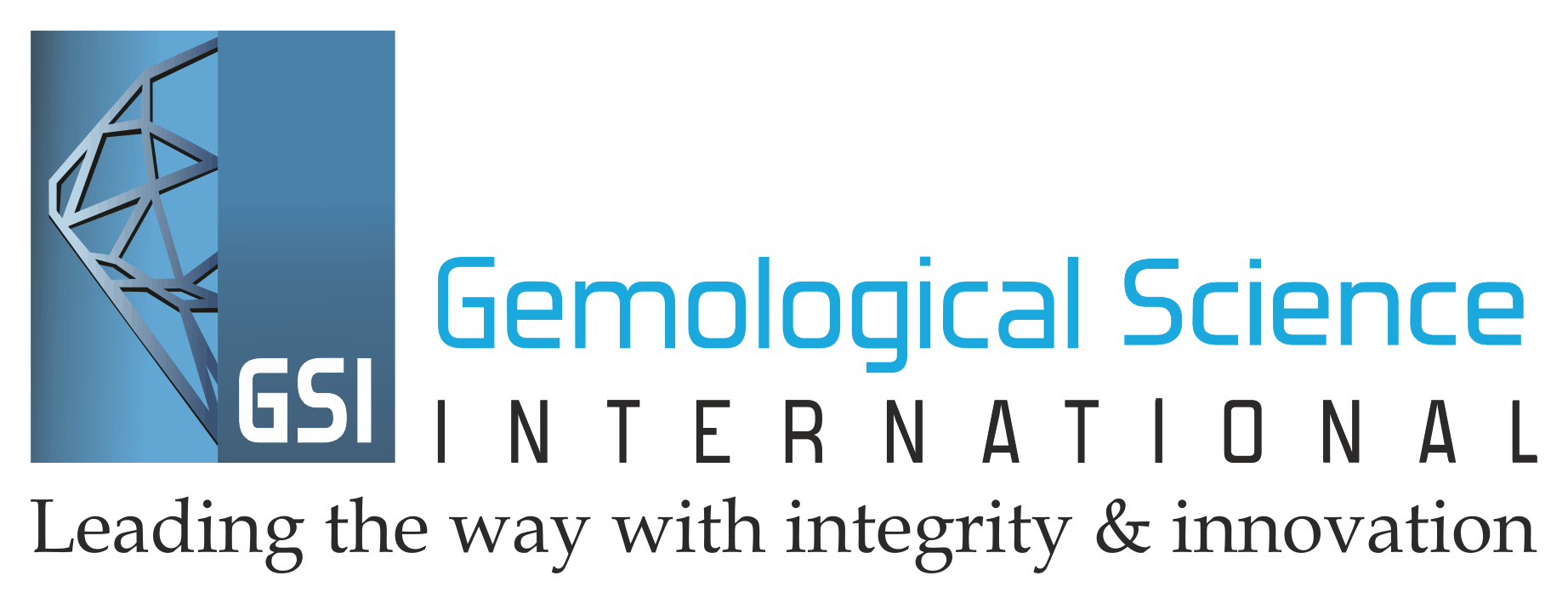News Bureau
When sun is shining, fix the roof!
 India's growth rising from 7.4 percent in '17-'18 to 7.8 percent in 2019
India's growth rising from 7.4 percent in '17-'18 to 7.8 percent in 2019
The growth momentum and the structural reform momentum
should continue despite the election period!
Changyong Rhee, Director of the Asia and Pacific Department at the International Monetary Fund (IMF), expressing on Modi government for the area of reforms while he shared the main economy outlook for Asia based on the, forthcoming publication, Asia and Pacific Regional Economy Outlook which will be launched on May 9 in Hong Kong.
Risk around the forecast broadly are balanced for now but over the medium term, downside risks dominate, including from a tightening of global financial conditions, a shift toward inward looking policies and an increase in geopolitical tensions.
And over the longer term, Asia faces number of important challenges from population aging, slowing productivity growth, and the digital revolution which of course bring large opportunities along with risk. Asia is embracing the digital revolution and while some recent advances could be truly transformative, they also bring challenges including with regard to future of work.
As MD several times emphasized in this spring meetings, when sun is shining it is time to fix the roof. So let me expand on these points before we turn to your questions. “For most Asian countries, we've revised our growth forecast upward in the next two years relative to our growth October forecast.”
In India, growth is forecast up to 7.4 percent in fiscal year 2018 and 2019 as the economy recovers from temporary disruptions related to the currency exchange initiative and the rollout of the new Goods and Service Tax.
Macro prudential polices remain an important part of policy tool to handle excessive credit growth. The current growth momentum provides an opportunity to pursue fiscal, financial and structural reforms, including those to promote inclusive growth and allow economies to reap the full benefit of digital revolution.
Key message before concluding is, first, the economic outlook for Asia and the Pacific remains strong and the region continues to be the main growth engine of the global economy. Second, risk around the forecast of broadly balanced in the short term but downside risks dominate over the medium term. And the region faces serious structural challenges over the longer term.
Third, Asia has been in a sweet spot of strong growth and benign inflation but inflation may rise and the policymakers must be, remain vigilant. Fourth, the strong economic outlook provides a valuable opportunity to fix the roof by building buffers and implementing reforms.
Look at China, the growth rate in 2017 was 6.9 percent. In 2018 we believe it's going to be 6.6 percent but it's a natural path on a more sustainable growth path, so India's growth rate has picked up too. There is a very positive sign that now finally advanced economies which have suffered a lot with the slow growth in the last couple of years.
Now finally trying to move onto the recovery path, so now the whole world is now the growth pole has now become a multipolar and the advanced economies as or as the emerging Asia which has led the growth. It is a very positive development.
Focusing on reforms in India, Changyong Rhee said, in recent years India has made very impressive progress in reforms. Just to highlight a few, the recent implementation of the national Goods and Services tax is a major reform of the India tax system.
It will enhance the efficiency of intra Indian movements of goods and services, help create a common national market, as well as help boost jobs and growth. The second major achievement I would highlight is introduction of flexible inflation targeting and of a statutory monetary policy which has helped to strengthen the monetary policy framework.
And, lastly, the government has recently announced a major recapitalization plan for the public-sector banks in order to accelerate the work out of nonperforming loans, as well as made some important legal improvements through a new insolvency and bankruptcy law.
“So I think we expect and hope that the reform momentum continues. But you are right, looking ahead there are important policy priorities. And here I would just highlight a few. One is to continue improvements in product and labor market reforms with a focus on increasing formal female labor participation, to improve the business environment, and reduce complex regulations, but also to address supply bottlenecks, particularly in the agricultural sector and distribution networks.”
India's growth rising from 7.4 percent in '17-'18 to 7.8 percent in 2019 by IMF & see India's role in the region to continue to expand. That being said, India does have room to expand its export orientation and to reduce further trade and non-trade barriers.
The statutory tariff rate in India is relatively high at about 15 percent, and higher than those in the rest of the region. So there is room to do more on trade reform. Yet, it is not saying that India's structural reform speed will slow down because of elections. What we are saying is that the growth momentum and the structural reform momentum should continue despite the election period.

 English
English
 Thai
Thai
 Chinese
Chinese
 French
French
 Turkish
Turkish




